Today, I’m incredibly excited to exclusively reveal the cover of Ross Mackenzie’s eagerly-anticipated first book in a spellbinding new series, Evernight after the success of The Nowhere Emporium, The Elsewhere Emporium, Shadowsmith & Zac and the Dream Pirates, which will be published on 6th February 2020 by Andersen Press.
I’m also super delighted because the very lovely people at Andersen Press have given me five signed copies of Evernight to give away! Find out more below!
Evernight – Ross MacKenzie
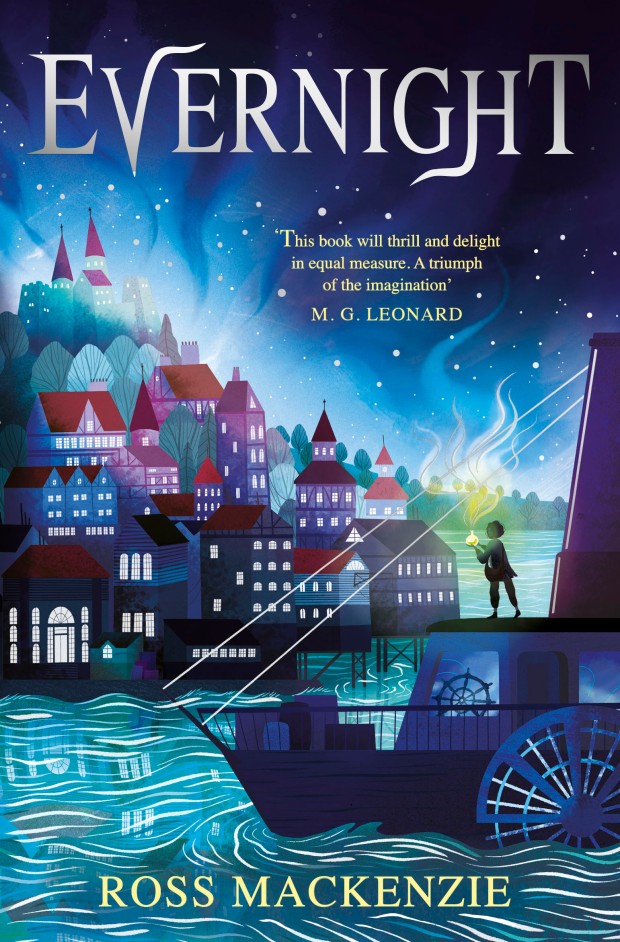
Thousands of years ago, the Evernight came to the Silver Kingdom and turned everything to darkness and chaos. It was only defeated thanks to the skill and bravery of the Witches. But now the Evernight is about to return, released by the evil Mrs Hester, and the only spell that might stop it is lost, deep below the great city of King’s Haven. Then orphan Larabelle Fox stumbles across a mysterious wooden box while treasure-hunting in the city’s sewers. Little does she realise she is about to be catapulted into an adventure, facing wild magic and mortal danger – and a man who casts no shadow…
Publisher: Andersen Press
ISBN: 978-1783448319
Number of pages: 352
Ross MacKenzie

I’m extremely delighted to welcome author, Ross MacKenzie to The Reader Teacher to share with you more about Evernight!
Evernight (5)
At The Reader Teacher, for my reviews, I describe books in #3Words3Emojis.
Which 3 adjectives and 3 corresponding emojis would you choose to best describe Evernight?
1. Magical – 🧙
2. Dangerous – ☠️
3. Dark – 🌙
Which books, people, research, ideas and inspirations have helped you to write Evernight?
I’ve always been fascinated by Victorian London and what life was like for people across the social spectrum in that era – particularly the range of jobs that were prevalent among the lower classes. There were the old favourites, of course, like chimney sweep and lamplighter; but we also had mudlarks, who searched through the Thames’s tidal muds; and we can’t forget those noble treasure hunters of the sewers, the Toshers! There’s so much rich material to wade through, from Dickens to Mayhew and beyond. The experience of reading about that wondrous London, which seems worlds away from the metropolis we know today, so filled with danger and shadow and adventure, made me want to create a place of my own that was similar, but with a magical twist.
What was the most enjoyable part of writing Evernight?
I love writing the bad guys. I often hear actors saying that playing the antagonist is the most fun because it lets them cut loose, and I think the same rule applies to writing. For that reason, I loved writing the scenes in which Mrs Hester was just being terrible to everyone! And any scene featuring Shadow Jack, because he’s very dangerous and dark and deadly, but there are layers to him too. His reasons for doing the things he does are quite different to Mrs Hester’s.
I recently described Evernight as being ‘a masterclass in magic; spellbinding from the first sentence…’, so I have to ask all about that first sentence ‘There was a man made of midnight, and his name was Shadow Jack.’ I think it’s up there with Neil Gaiman’s The Graveyard Book’s opening ‘There was a hand in the darkness and it held a knife.’ Can you share with us a little more about how you came up with it?
First of all, thank you again for the kind words! Neil Gaiman is my favourite writer, and the first line of the Graveyard Book would get my vote for best of all time. I knew I could never come close to equalling it, but for Evernight I had my heart set on finding something similar in tone and rhythm to open the novel, something that would hopefully draw readers in and entice them to leap into the story. The idea of a man made of midnight, an otherworldly, shadowy figure creeping through the slums of a vast city with darkest intentions, certainly appeals to me as a reader. I’d want to find out what happens next. I hope others do too!
If you were to choose the character that is most like you from Evernight, who would it be and why?
Good question. Probably Joe Littlefoot. He’s very loyal to his friends, and he does his best with the talents he’s been afforded. He’s much braver than I am though!
Reading and Writing (4)
What first attracted you to writing? Did you enjoy writing at school?
I was writing stories before I got properly into books. When I was little, I’d draw comics and picture books. Then along came Roald Dahl’s The Witches, and a switch flicked somewhere in my brain, and suddenly I had this experience of loving a nook so much I felt like I was in the pages with the characters, and everything that was happening to them was happening to me, and I wanted more. I wanted to read as many stories as I could find. And more than that, I wanted to create stories that would make my readers feel the same way.
Which parts of writing do you find energise you and which parts do you find exhaust you?
Energise: The excitement when I start a new book. And meeting readers at festivals and events who have read and enjoyed (I hope!) my books.
Exhaust: Honestly, not much at all. Maybe once or twice, I’ve written myself into a giant knot and had to unpick everything to get going again. That’s more frustrating than exhausting though!
When you were a child, can you remember contacting authors or any of them ever visiting your school and if so, did this inspire you?
I didn’t contact any authors at all, I suppose because it didn’t occur to me to do so. Sadly, it wasn’t a very common thing for authors to come out and visit schools the way we do today, and I guess I just thought of writers as almost mythical beings who wouldn’t speak to mere mortals like myself. Of course, now I know different!
Currently, we seem to be living in a golden age of books, especially that of children’s literature. Can you recommend any other children’s books to children (and adults!) who may be interested in similar themes explored in your book or any that you would recommend?
I agree we’re living through a golden age in children’s literature. There’s just so much brilliant stuff out there! I’d especially recommend The Graveyard Book and Coraline by Neil Gaiman, Beetle Boy by MG Leonard, The House With Chicken Legs by Sophie Anderson and Rooftoppers by Katherine Rundell. But this is too difficult! I could recommend so many more!!
Evernight and Teaching (3)
If you were to ‘pitch’ Evernight in a sentence for teachers to use it in their classrooms or for parents to choose to read it at home, how would you sum it up?
A gothic, Victorian-flavoured adventure about a brave young heroine who finds a treasure in the sewers that unlocks her forgotten past – and thrusts her into a world of forbidden magic, new friendships, and a plot to plunge the world into eternal night.
Could you suggest ways in which Evernight could be used in the classroom for the many teachers and primary school staff that will read this and wish to use it in their schools?
I think there are lots of opportunities for building creative writing exercises around Evernight. A short descriptive story, perhaps, about the journey of a treasure that falls from someone’s pocket and ends up lost in the sewers; or maybe a short story or poem describing what spell you might create if you had the chance – what does it do? Describe the ingredients. What does it smell like when it’s bubbling in the cauldron?
For those teachers reading this Q&A and would like to enquire about arranging the opportunity of a school visit from yourself, how would it be best to contact you regarding this?
Contact me directly: mackenzie@live.co.uk or through my publisher.
Two more before you go (2)!
What has an interviewer or blogger never asked you before, that you always wished you could answer?
Question: Which author, past or present, would I love to write a novel with?
Answer: The late, great Terry Pratchett. Genius. Master. Wearer of magnificent hats.
Finally, can you share with our readers something about yourself that they might be surprised to learn?
Being a dad to two little girls means I’ve become an expert at hair styling – I can do a mean French Plait!
One last one… (1)!
Do you have a question you would like to ask the readers of The Reader Teacher?
If you could create a magic spell like the Witches in Evernight, what would it be?
Huge thanks to Ross, Paul and all at Andersen Press for inviting me to host this mightily impressive cover reveal, I can’t wait to get my hands on a copy!
Mr E
📚
Preorder: Evernight is available to pre-order online from Amazon, Hive, Waterstones, WHSmith or from any good independent bookshop.
Giveaway!
The very lovely people at Andersen Press have kindly given me five signed copies of Evernight to give away!
If you’d like to be in with a chance of winning one of these copies of this darkly enchanting and wonderfully-magical story, simply retweet (RT) this tweet!
Copies to be sent to winners when available from Andersen Press.

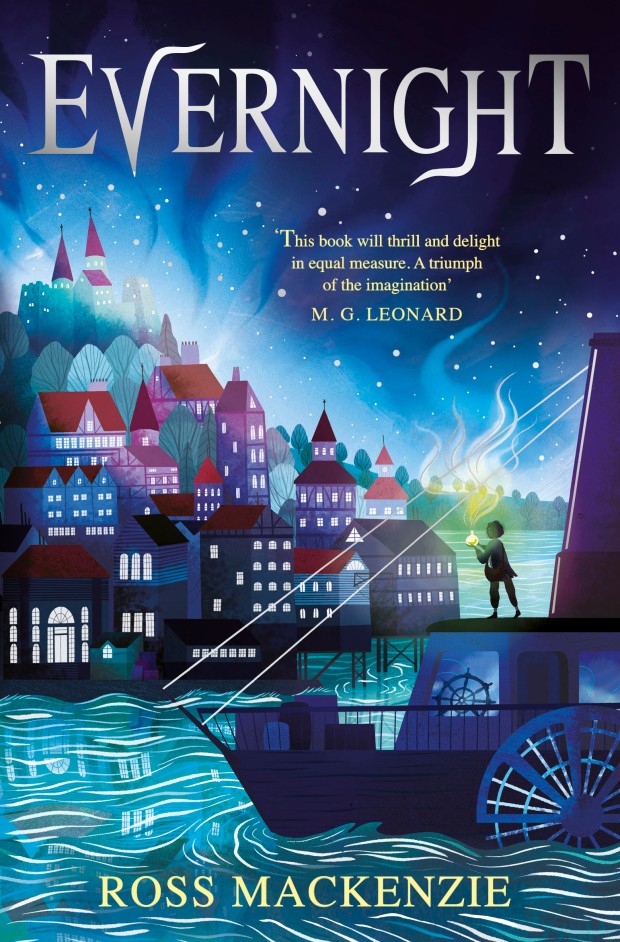

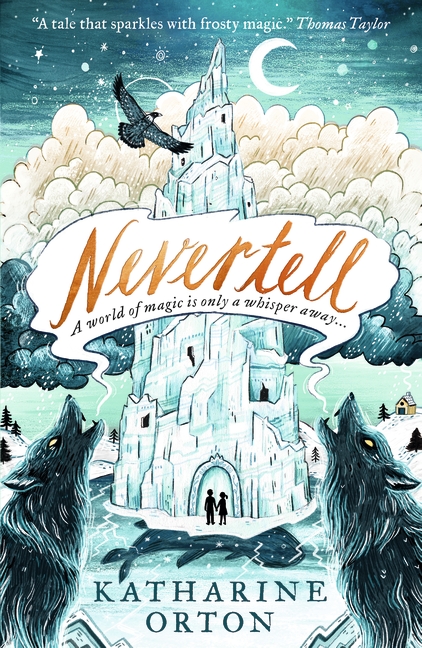
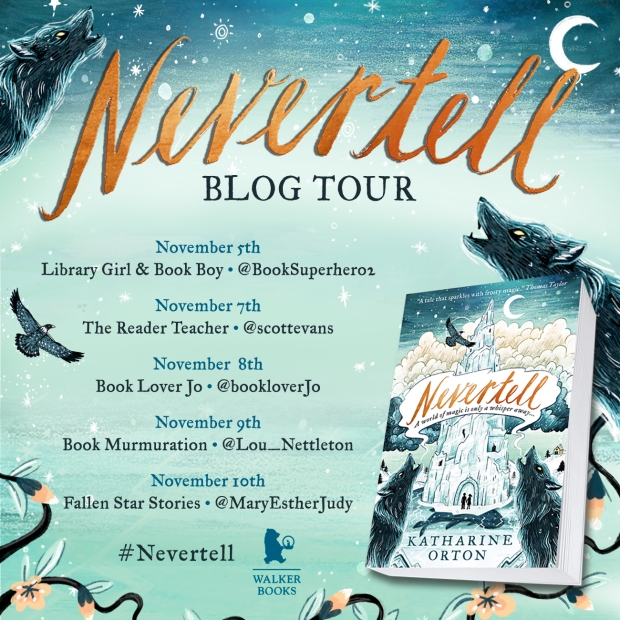

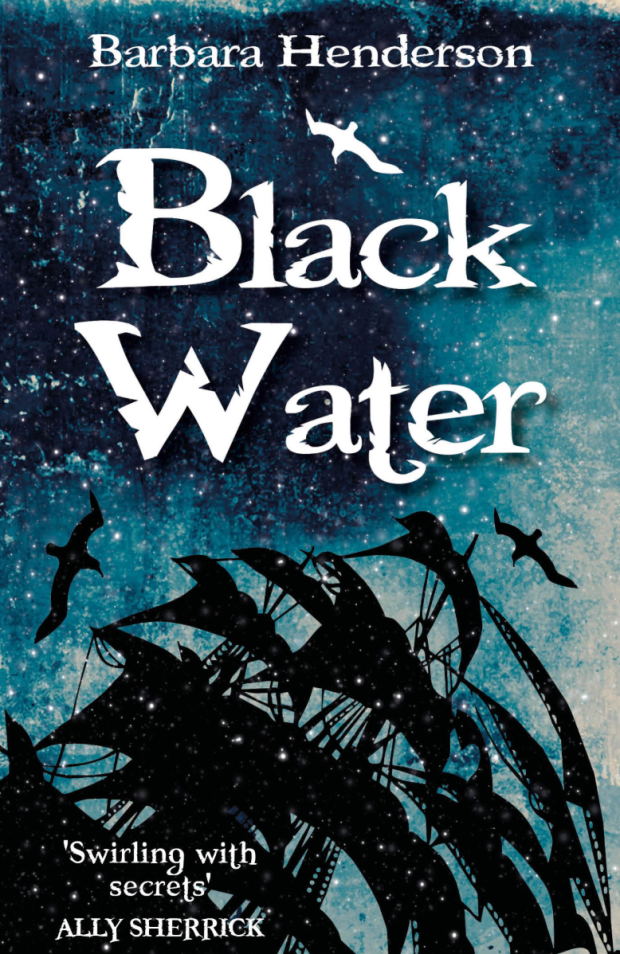
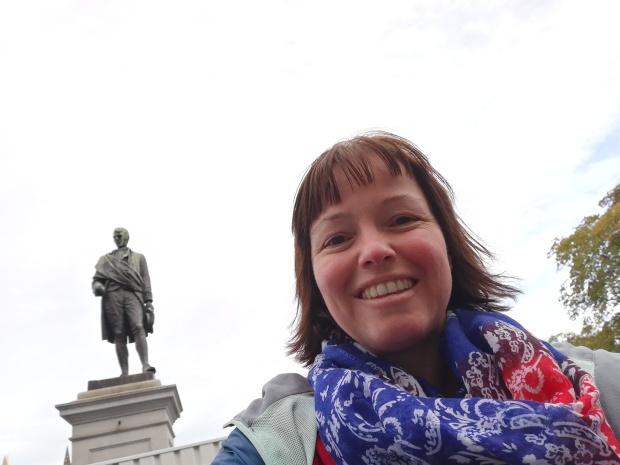


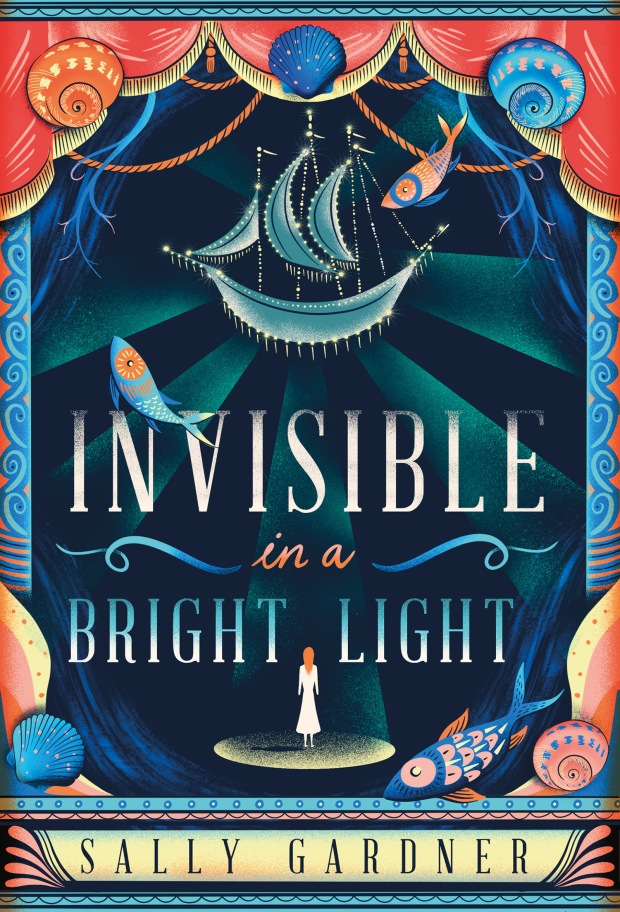






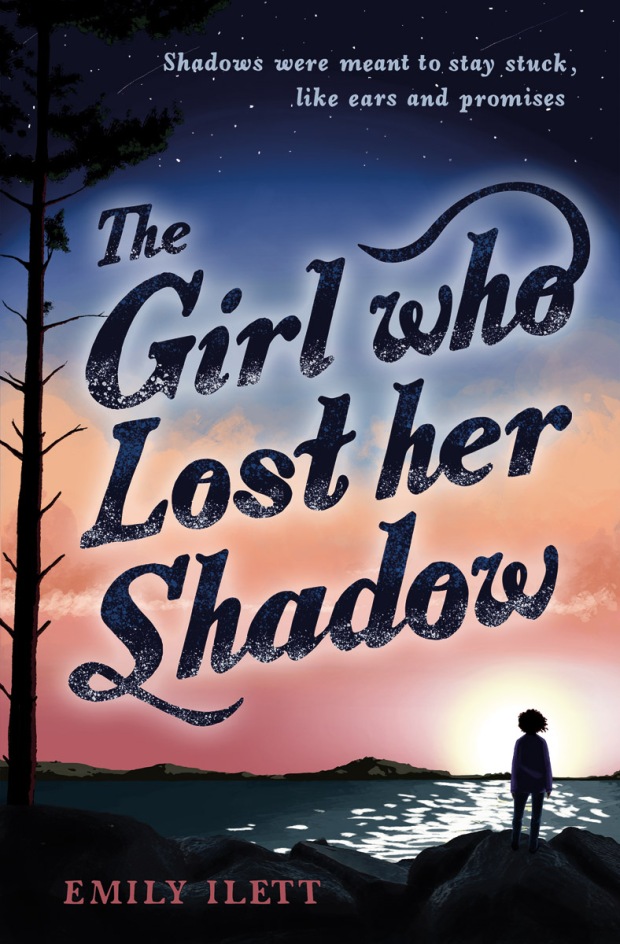


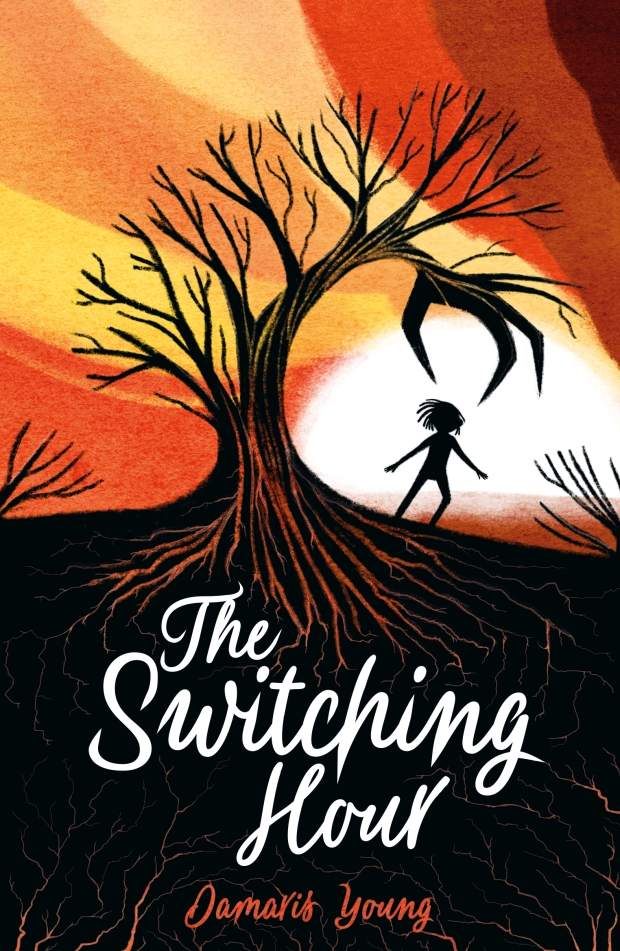


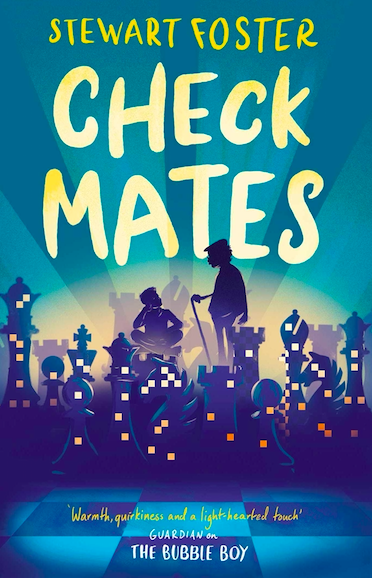

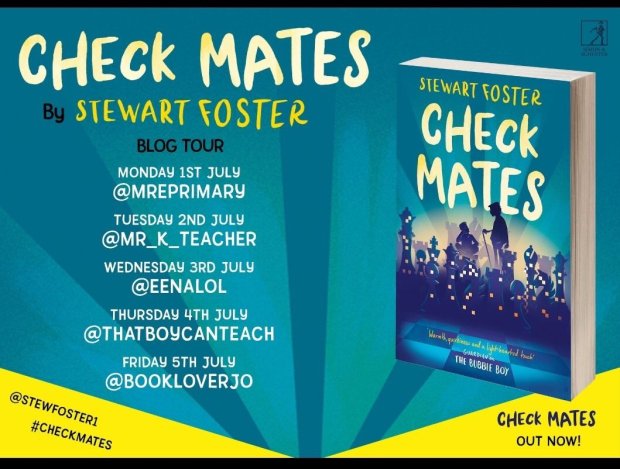


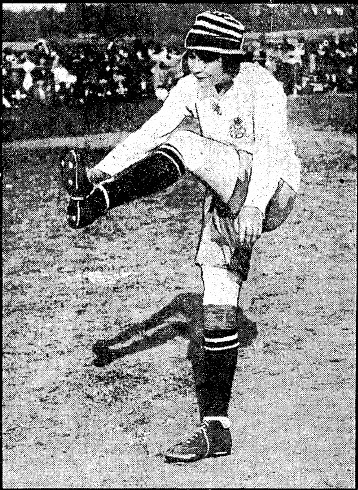 Lily and the Rockets is a mixture of fact and fiction. Lily Dodd, the central character, didn’t actually exist, but there were lots of other Lilys (and Peggys and Pollys and Jesses) who did. I borrowed my Lily’s name from a Lily who many people think was the greatest female player of all time. Lily Parr started playing when she was only fourteen. She scored forty-three goals in her first season and went on to score nearly a thousand in her playing career. Like my Lily, Lily Parr was a tall girl, nearly six feet, who was said to have a harder shot than most male players. One of her teammates wrote that she’d never seen a woman – ‘nor any man’ – kick a ball like Lily. When a professional male goalkeeper challenged Lily to get a goal past him, she accepted and went on, not just to score, but to break his arm with the power of her shot.
Lily and the Rockets is a mixture of fact and fiction. Lily Dodd, the central character, didn’t actually exist, but there were lots of other Lilys (and Peggys and Pollys and Jesses) who did. I borrowed my Lily’s name from a Lily who many people think was the greatest female player of all time. Lily Parr started playing when she was only fourteen. She scored forty-three goals in her first season and went on to score nearly a thousand in her playing career. Like my Lily, Lily Parr was a tall girl, nearly six feet, who was said to have a harder shot than most male players. One of her teammates wrote that she’d never seen a woman – ‘nor any man’ – kick a ball like Lily. When a professional male goalkeeper challenged Lily to get a goal past him, she accepted and went on, not just to score, but to break his arm with the power of her shot.


